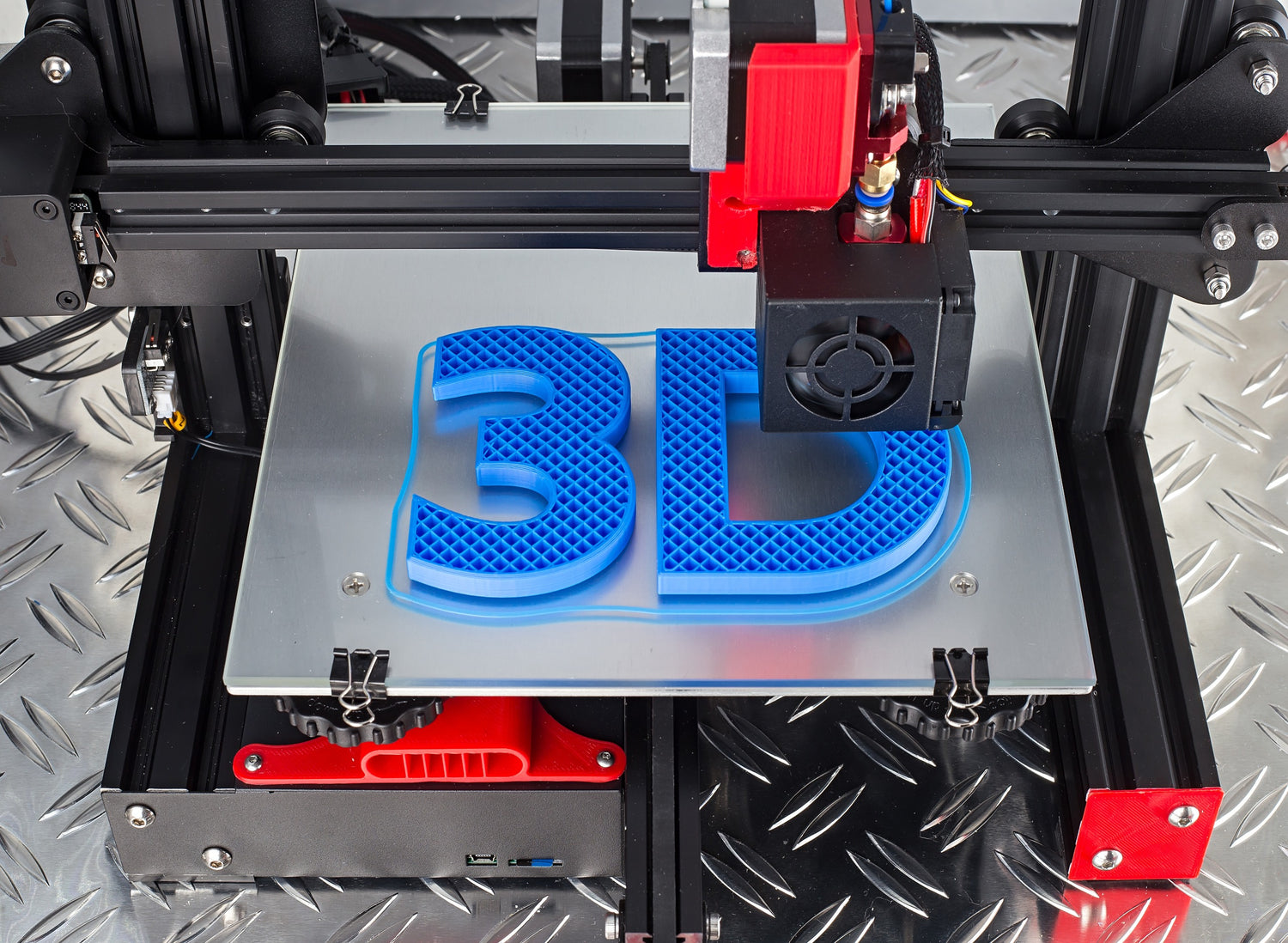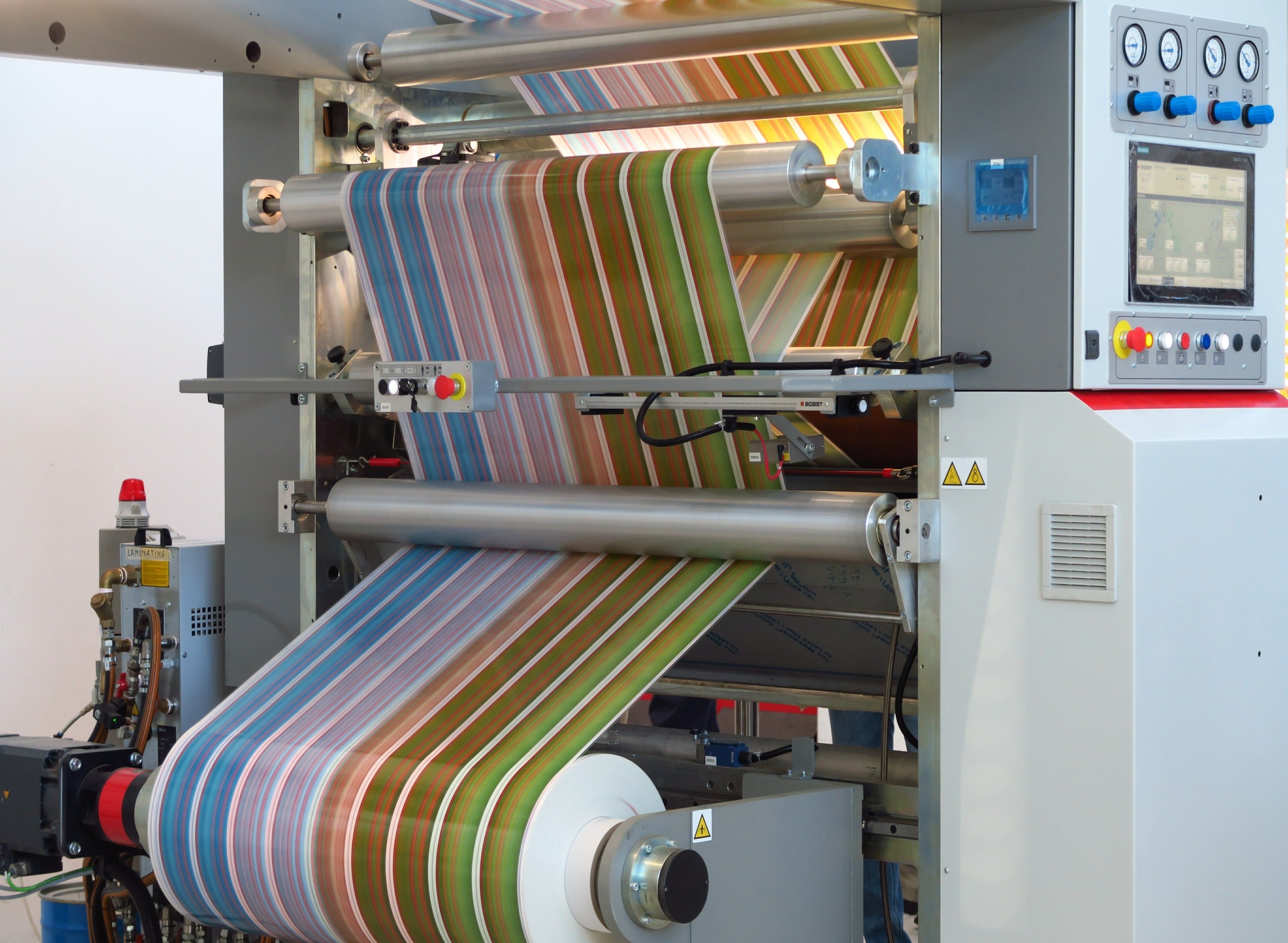Technological advancements have brought a lot of benefits, particularly to businesses. The advent of 3D printing has streamlined operations in various industries. Companies can now fast-track their processes to meet changing market demands. This also enables them to compete efficiently in their respective fields. So, what makes 3D printing beneficial to businesses?
Speed
At its essence, 3D printing stands out for its rapid execution. Unlike the traditional production techniques that necessitate the crafting of particular molds or instruments, which is both time-intensive and expensive, 3D printing skirts around these requirements. It facilitates the actualization of objects from digital blueprints.
This efficiency allows prototypes to be created in hours, rather than the days or weeks older methods might demand. It greatly enhances the cycle of evaluation, enhancement, and completion of designs. The capacity for swift prototyping not only shortens the path to development but also fosters creative exploration, culminating in products that are both innovative and meticulously refined.
Versatility
3D printing has unparalleled versatility, making it possible to delve into complex designs and architectural models that would be considerably challenging using conventional manufacturing methods. Furthermore, this method offers a broad selection of materials, extending from plastics to metals, and even incorporating composite substances. Such diversity empowers the customization of functional characteristics tailored to specific uses, including strength, elasticity, or resistance to thermal changes.
The ease with which designs can be altered facilitates a new era of customization and adaptability. This shift makes the production of bespoke products and the viability of small-scale manufacturing projects more accessible than ever before.
Design Accuracy
In the design process, achieving high accuracy is essential. The precision inherent in 3D printing techniques guarantees that there is a perfect harmony between the digital model and its physical prototype, thus significantly lowering the risk of discrepancies during the materialization from digital to physical form. This precision is especially crucial for functional prototypes, needing to accurately mirror the final product in terms of dimensions and tolerances.
With the enhanced resolution offered by the latest 3D printers, capturing intricate details and achieving a smooth finish is more feasible, effectively shrinking the gap between the conceptual design and its physical counterpart. Designers and engineers now have the ability to use prototypes as a reliable basis for informed decision-making and further refinement of their products. The eventual outcome is ensured to adhere to or surpass the initial expectations.
Final Thoughts
3D printing has become a pivotal force in bringing new ideas to market faster and more efficiently. It not only shortens development cycles but also opens the door to creative possibilities previously deemed unattainable. As the technology gets better, businesses can expect to further streamline their operations and ultimately increase their bottom line.














Leave a comment
All comments are moderated before being published.
This site is protected by reCAPTCHA and the Google Privacy Policy and Terms of Service apply.